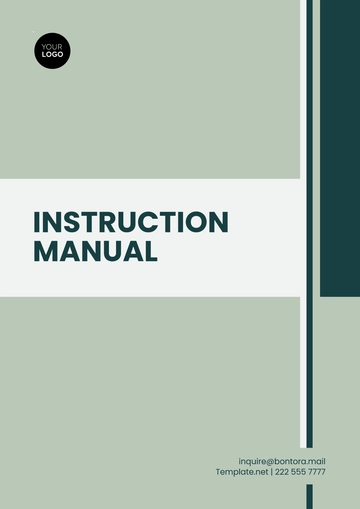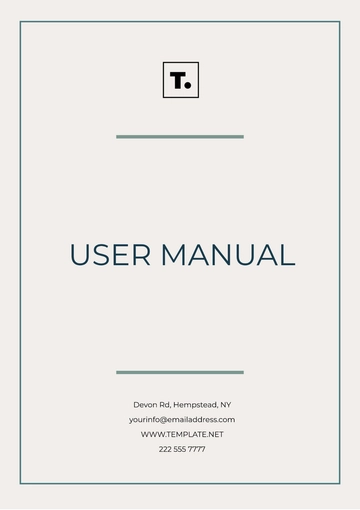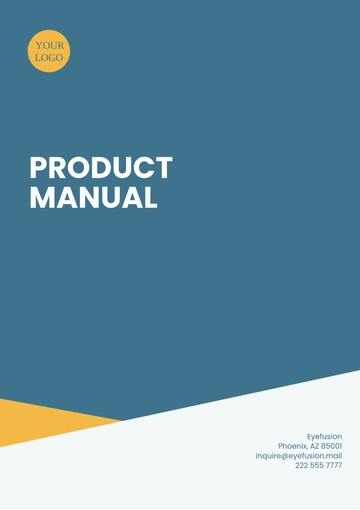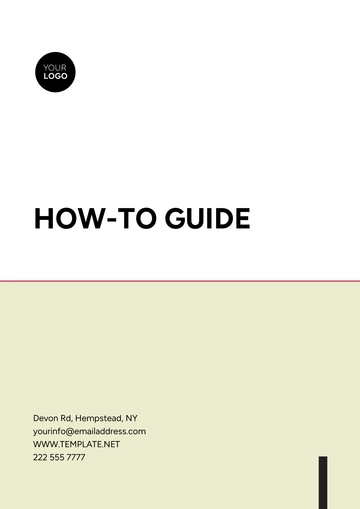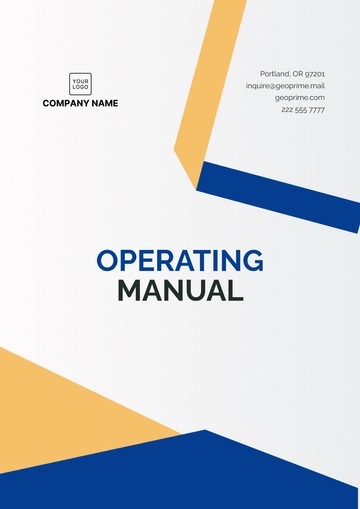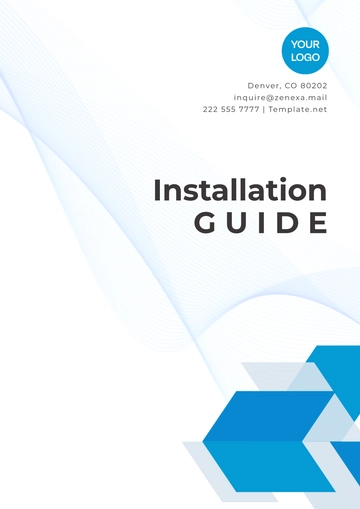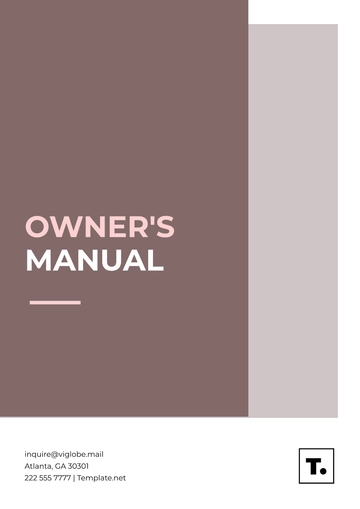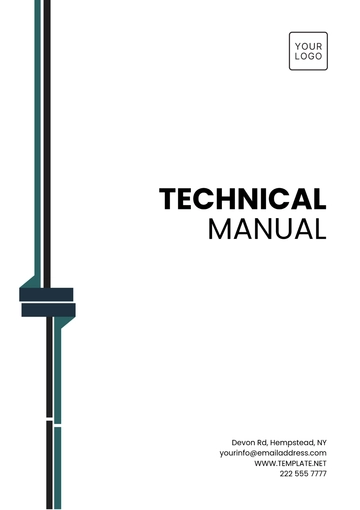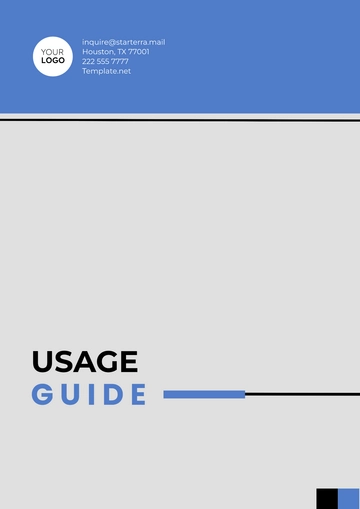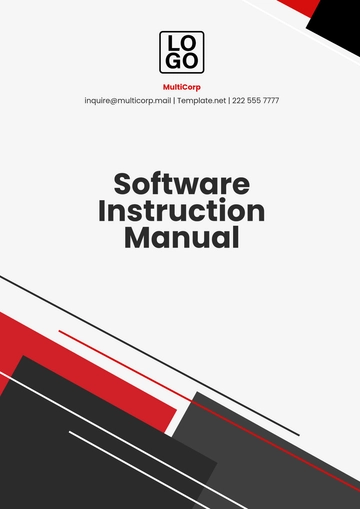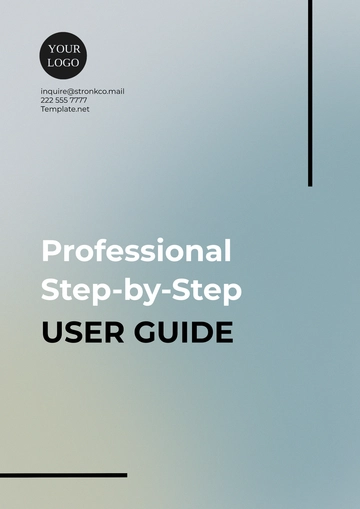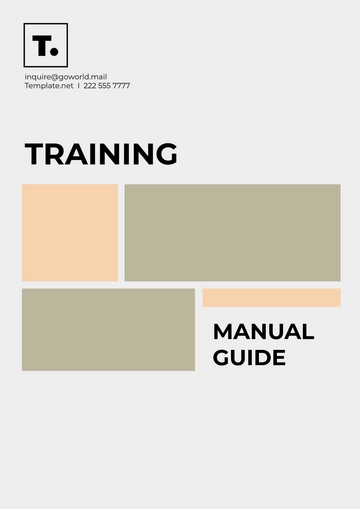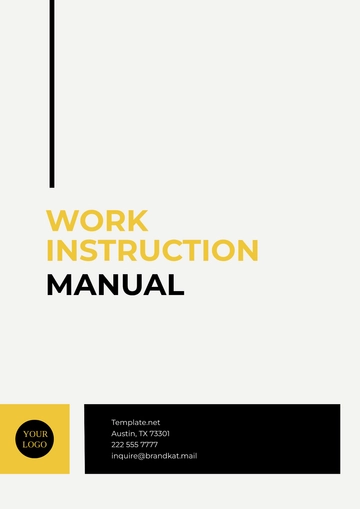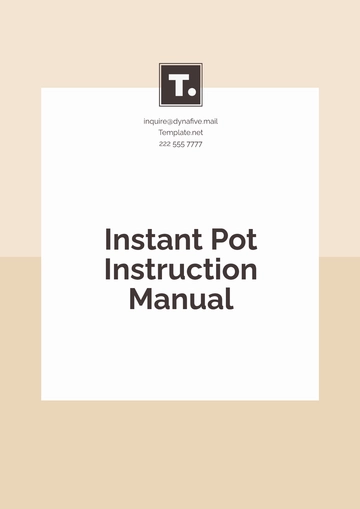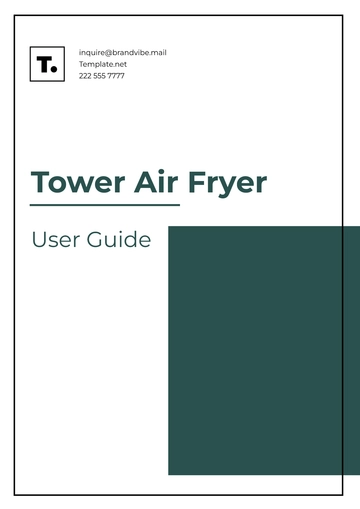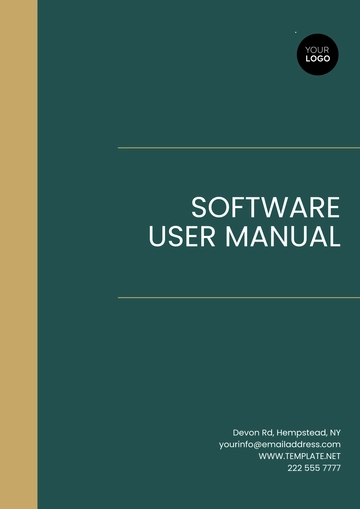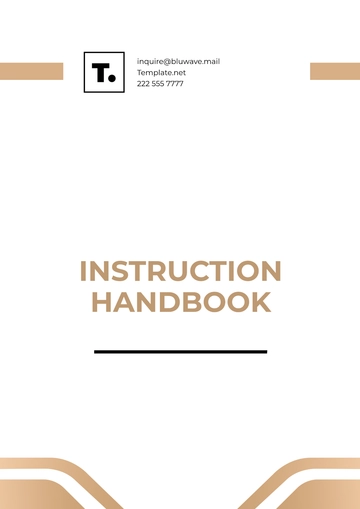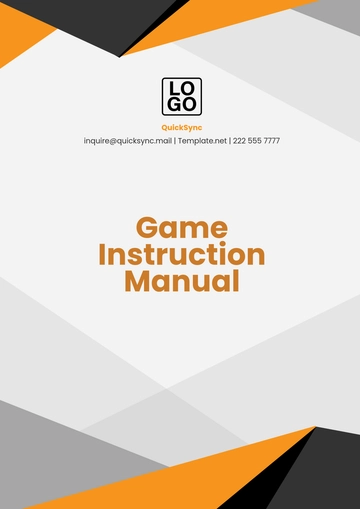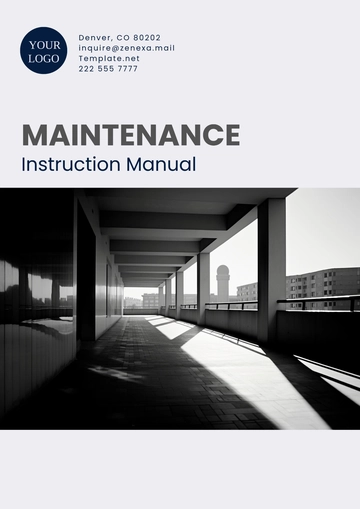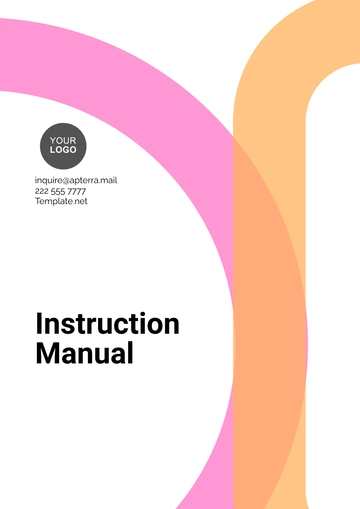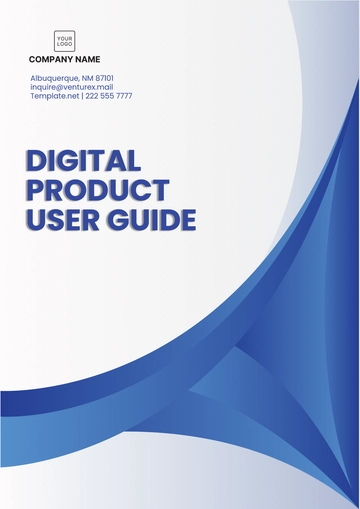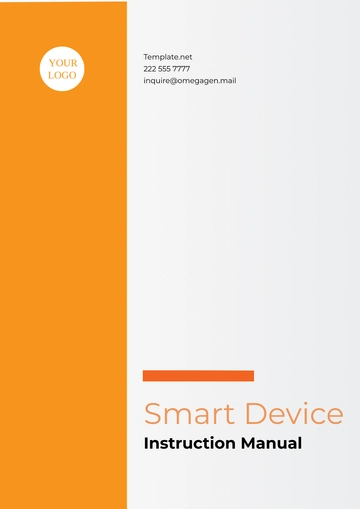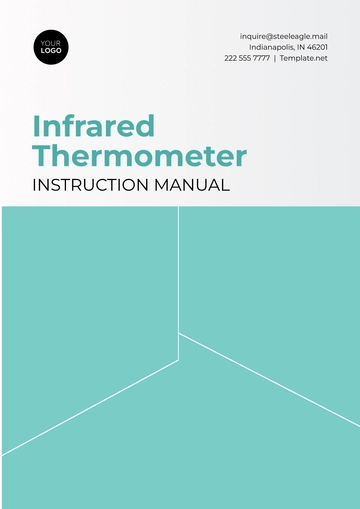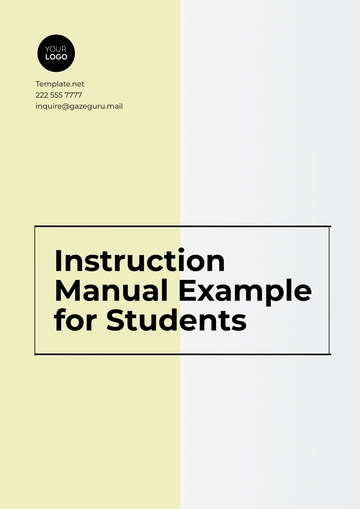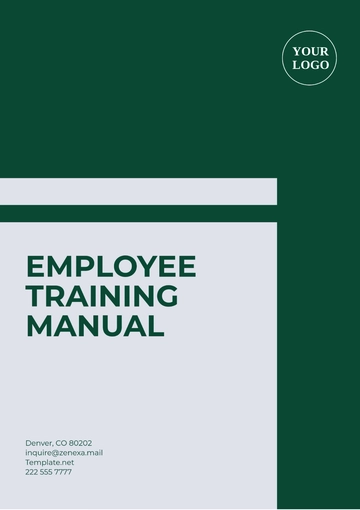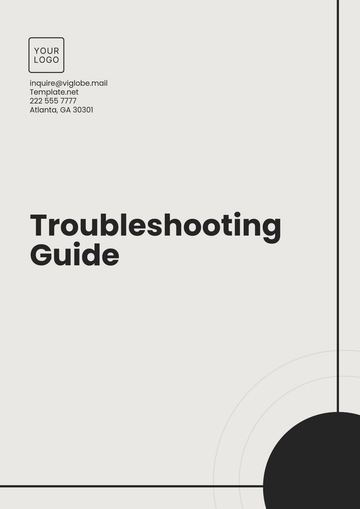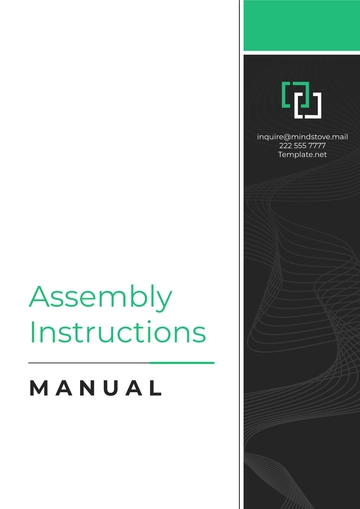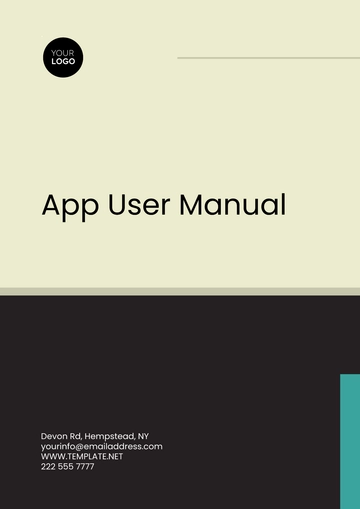COURSE MANUAL
NAME: | COMPANY: | DEPARTMENT: | DATE: |
|---|
[YOUR NAME] | [YOUR COMPANY NAME] | [YOUR DEPARTMENT] | [DATE] |
I. INTRODUCTION
Welcome to the COURSE MANUAL, a comprehensive guide designed to facilitate your learning journey. This manual aims to provide you with the necessary resources and information to navigate through the course successfully. Whether you are a beginner or an experienced learner, this manual will serve as a valuable tool to enhance your knowledge and skills in the subject matter.
In this section, you will find an overview of the course objectives, structure, and expectations. Additionally, you will gain insights into the benefits of completing the course and how it can contribute to your personal and professional growth. By familiarizing yourself with the contents of this manual, you will be better prepared to engage with the course materials and maximize your learning experience.
II. COURSE OBJECTIVES
A. Overview
The primary objective of this course is to [COURSE OBJECTIVES]. Throughout the duration of the course, you will [COURSE CONTENT]. By the end of the course, you will have acquired [LEARNING OUTCOMES]. These objectives are designed to equip you with the knowledge and skills necessary to [STATE BENEFITS].
B. Structure
The course is divided into [NUMBER OF MODULES] modules, each focusing on a specific topic or concept. Within each module, you will encounter a combination of lectures, readings, assignments, and assessments to reinforce your understanding and application of the material. The structure of the course is carefully designed to [HOW COURSE STRUCTURE SUPPORTS LEARNING OBJECTIVES].
III. COURSE MATERIALS
A. Required Textbooks and Resources
Textbook Title 1: Description of the textbook and its relevance to the course.
Textbook Title 2: Description of the textbook and its relevance to the course.
Additional Resources: List any supplementary materials, websites, or articles that may enhance your understanding of the course material.
B. Course Schedule
Below is a tentative schedule outlining the topics covered in each module and corresponding deadlines:
Module 1: Introduction to [COURSE TOPIC]
Module 2: [NEXT TOPIC]
Continue detailing the course schedule with deadlines and activities for each module.
IV. COURSE STRUCTURE
A. Lectures
B. Assignments and Assessments
Quizzes: Weekly quizzes to test understanding of course material.
Projects: Individual or group projects to apply concepts learned.
Final Exam: Comprehensive exam covering all course material.
V. COURSE SUPPORT
A. Instructor Contact Information
B. Technical Support
VI. COURSE PARTICIPATION
A. Discussion Forums
Engagement in discussion forums is an integral part of the learning process. Participate actively in discussions by sharing your insights, asking questions, and responding to your peers' contributions. Remember to adhere to the forum guidelines and maintain a respectful and constructive tone in all interactions.
B. Group Activities
Collaborative group activities provide opportunities to work with your peers and enhance your understanding of course material through shared learning experiences. Be proactive in contributing to group discussions, brainstorming sessions, and project collaborations to maximize the benefits of teamwork.
VII. GRADING POLICY
A. Grading Components
Your performance in the course will be evaluated based on the following components:
Assignments: [Percentage]% of the final grade
Quizzes: [Percentage]% of the final grade
Projects: [Percentage]% of the final grade
Final Exam: [Percentage]% of the final grade
B. Grading Scale
A: [90-100]%
B: [80-89]%
C: [70-79]%
D: [60-69]%
F: Below [60]%
VIII. COURSE POLICIES
A. Attendance
Regular attendance is expected for both live lectures and asynchronous activities. If you are unable to attend a live session, make sure to review the recorded lecture and complete any assigned tasks.
B. Academic Integrity
Maintain academic integrity by submitting original work and properly citing sources. Plagiarism or any form of cheating will not be tolerated and may result in disciplinary action.
C. Late Submissions
Late submissions may incur penalties, so it is essential to adhere to deadlines. If you anticipate difficulty meeting a deadline due to extenuating circumstances, contact the instructor as soon as possible to discuss possible accommodations.
D. Communication
Effective communication is key to success in the course. If you have any questions, concerns, or feedback, do not hesitate to reach out to the instructor or course support team for assistance.
IX. CONCLUSION
Congratulations on embarking on your learning journey with this course! As you progress through the material and engage with the various activities and assessments, remember that learning is a continuous process. This course is designed to equip you with valuable knowledge and skills that you can apply in both academic and real-world contexts.
Throughout this manual, you have been provided with essential information regarding the course structure, objectives, materials, and policies. By following the guidelines outlined herein and actively participating in the course activities, you will maximize your learning outcomes and achieve success.
Manual Templates @ Template.net

